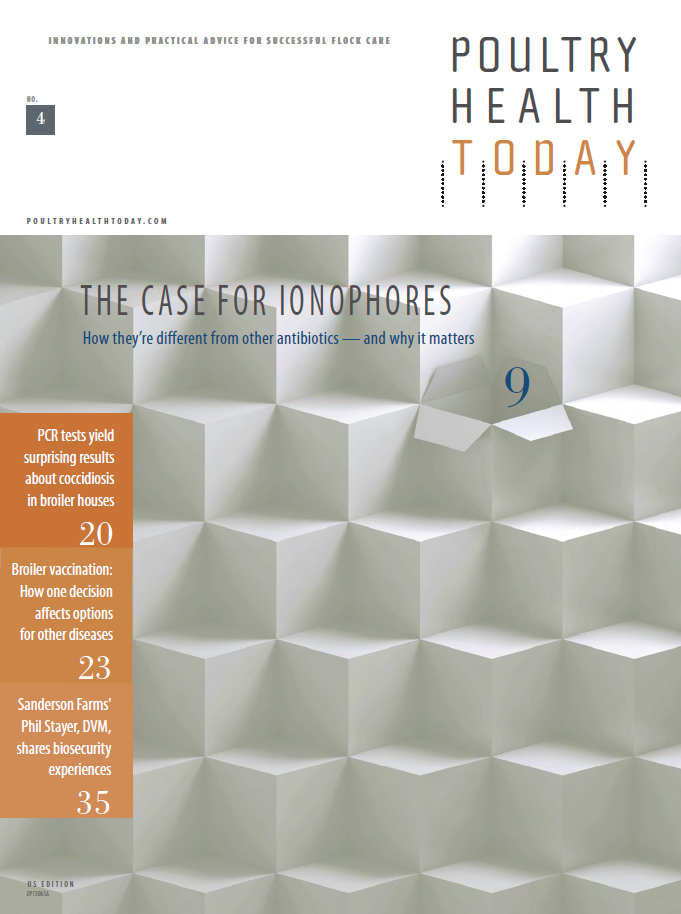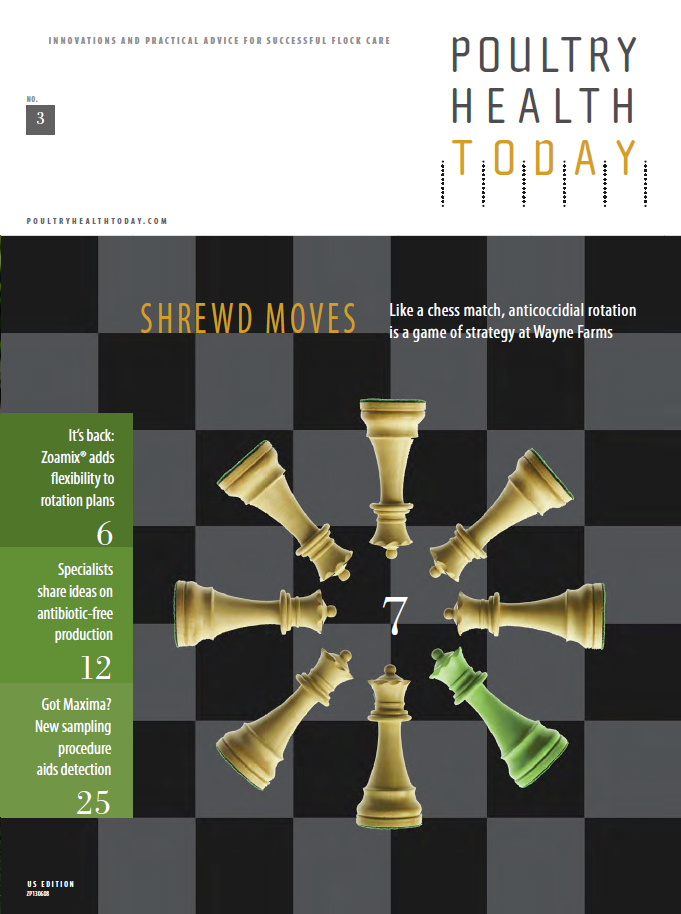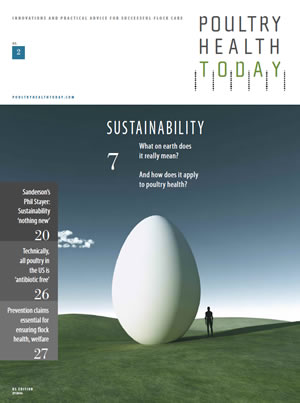

Giving Your Customers A Clearer View

Confidently presenting facts — not defensive rhetoric — can go a long way toward shaping consumer opinions about commercial poultry production and the importance of maintaining flock health, welfare and efficiency. For this special feature, Poultry Health Today checked the facts behind three common claims about feed antibiotic usage.
Perception
80% of antibiotics in the US are used in farm animals.
Reality
This oft-cited figure can be misleading because it mixes numbers from two different reports — neither of which has anything to do with the other. The first is an FDA report summarizing the amount of "antimicrobials sold or distributed for use in food-producing animals" in 2011; the other report summarizes human antibiotic sales based on IMS Health data from the same year.
Moreover, FDA issued a cautionary statement on its website last April in which it outlined several factors that further complicate a comparison, including discrepancies in indication and duration of use, the number of humans in the population compared to the number of animals, and differences in human and animal physical characteristics, such as weight.
In addition, the FDA noted that simply looking at weight of drug sold does not account for milligram dosage variations among antibiotics.
For example, the standard dosage of virginiamycin for a 5-lb broiler is different from the standard dosage for penicillin. Weight of drug sold is therefore a poor proxy for use across different drug classes.
Finally, the data in both reports reflect only the manufacturers' sales or distribution of a drug - say, to a pharmacy or veterinary clinic - and not sales to the end user.
For these reasons, the FDA says, it is "difficult to draw definite conclusions from any direct comparisons between the quantity of antibacterial drugs sold for use in humans and the quantity sold for use in animals" and that "these points should be carefully considered when interpreting the data."
More Issues















